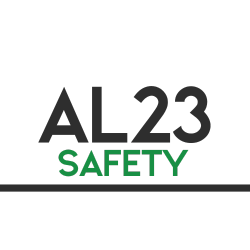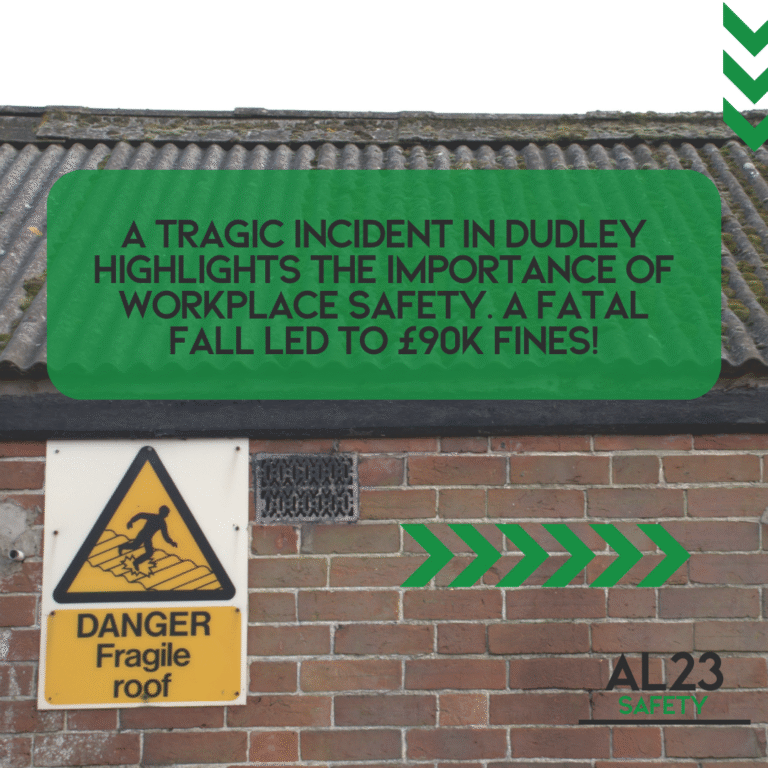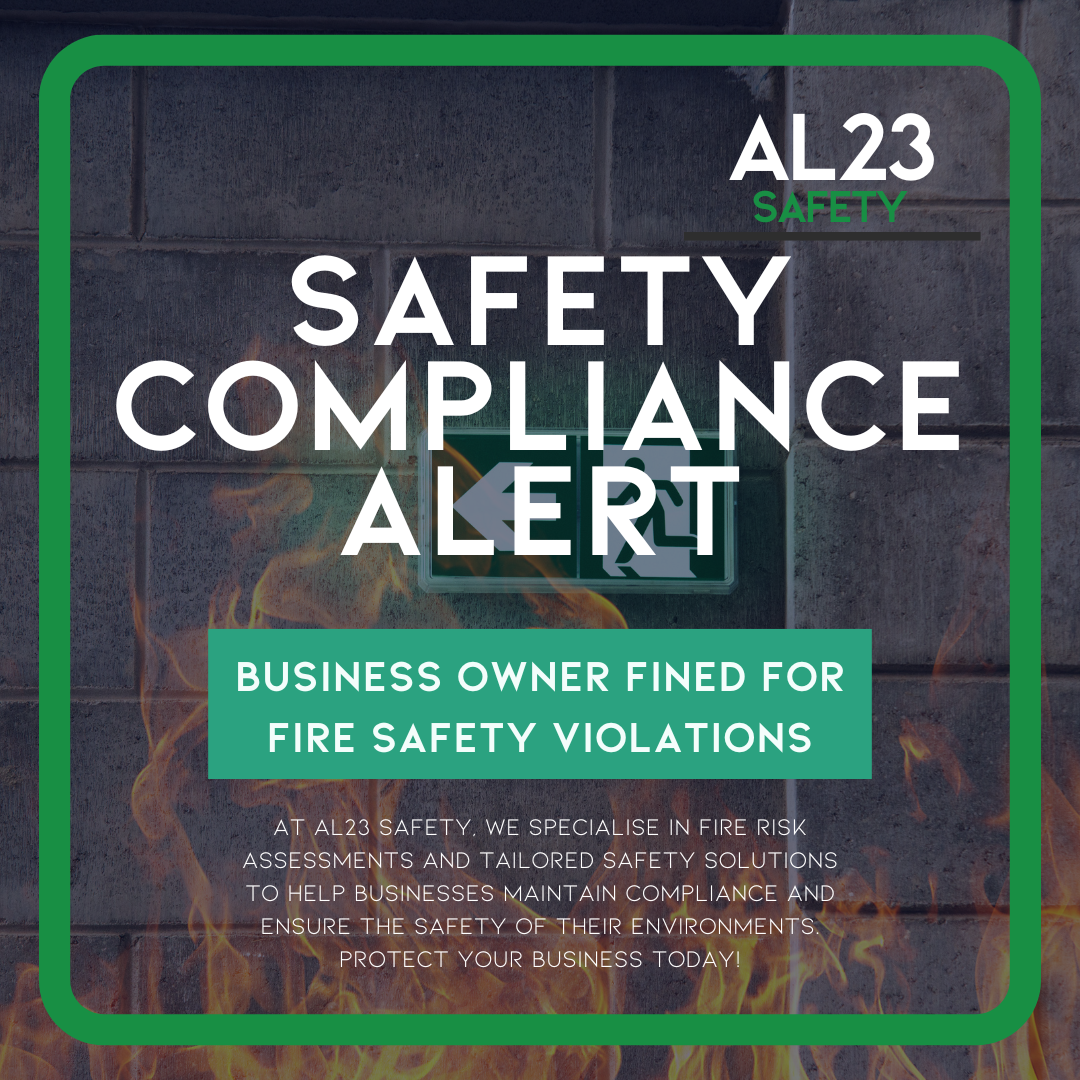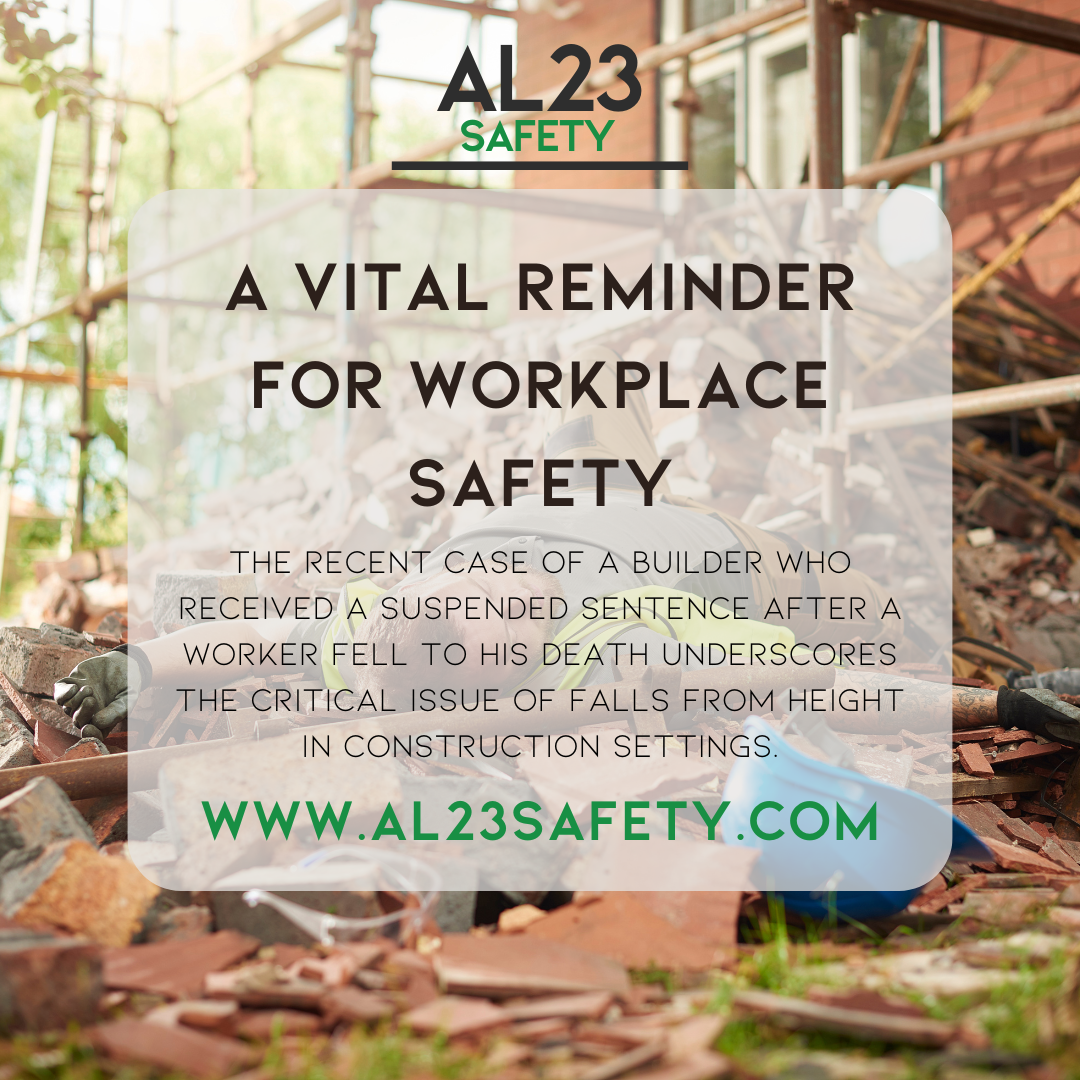The need to prevent fatal falls at work has never been more apparent following a tragic workplace incident in Dudley, where a worker fell to his death due to unsafe working conditions. Maciej Rozanski’s preventable death serves as a sobering reminder that inadequate risk assessments and insufficient training for working at height can lead to catastrophic consequences.
Each year, falls from height remain one of the leading causes of workplace fatalities in the UK. This comprehensive guide explores critical elements of health and safety compliance, adhering to UK legislation, and how organisations can protect their workforce while avoiding devastating incidents.
Understanding the Deadly Risks of Working at Height
The Health and Safety Executive (HSE) consistently reports that falls remain among the most common causes of workplace deaths. To prevent fatal falls at work, employers must ensure proper assessments identify potential hazards including:
- Fragile roof surfaces and skylights
- Inadequate edge protection
- Insufficient access equipment
- Missing guardrails or safety nets
- Unstable working platforms
At AL23 Safety, we emphasise that understanding the regulatory landscape is crucial for effective compliance. Businesses must recognise their legal obligations under the Health and Safety at Work Act 1974, the Work at Height Regulations 2005, and other relevant legislation.
Conducting Thorough Risk Assessments to Prevent Fatal Falls
A comprehensive risk assessment forms the foundation of any effective strategy to prevent fatal falls at work. This process must thoroughly examine all potential hazards, particularly those involving working from heights or around fragile surfaces.
Key elements of an effective height risk assessment include:
- Identifying all tasks requiring work at height
- Evaluating the duration and frequency of these tasks
- Assessing environmental factors (weather, lighting, surface conditions)
- Examining equipment requirements and limitations
- Determining worker competence and training needs
At AL23 Safety, we provide tailored risk assessment services designed to identify the unique challenges specific to your operations, helping you implement robust controls to prevent fatal falls at work.
Essential Training and Supervision Requirements
Proper training and consistent supervision are not merely legal obligations; they represent the cornerstone of creating a genuine safety culture. Workers must possess both the knowledge and practical skills to perform height-related tasks safely.
Our dedicated training programmes cover critical aspects of fall prevention, including:
- Correct use of personal protective equipment (PPE)
- Safe ladder usage and inspection techniques
- Scaffolding awareness and safety protocols
- Harness fitting and fall arrest systems
- Emergency response and rescue procedures
Implementing Best Practices to Prevent Fatal Falls at Work
The implementation of comprehensive safety protocols cannot be overstated when trying to prevent fatal falls at work. Establishing clear, practical safety measures alongside regular reviews helps maintain high safety standards throughout your organisation.
Key Safety Measures for Working at Height
- Hierarchy of Controls Implementation Always follow the hierarchy: eliminate work at height where possible, use collective protection before individual measures, and minimise consequences of any potential fall.
- Equipment Selection and Maintenance Choose appropriate access equipment for specific tasks and ensure regular inspection and maintenance schedules are followed rigorously.
- Weather Monitoring Protocols Establish clear guidelines for when work at height should be postponed due to adverse weather conditions such as high winds, rain, or ice.
- Rescue Planning Develop and practice emergency rescue plans for all height work, ensuring workers can be retrieved quickly if an incident occurs.
- Regular Safety Audits Conduct unannounced safety inspections to identify unsafe practices and address them immediately before incidents occur.
Creating a Proactive Safety Culture
Organisations that successfully prevent fatal falls at work foster environments where workers feel empowered to report safety concerns without fear of reprisal. This proactive approach encourages continuous improvement and helps identify potential hazards before they result in incidents.
AL23 Safety works with businesses to develop comprehensive safety management systems that incorporate regular toolbox talks, safety committees, and near-miss reporting protocols – all vital components in preventing workplace falls.
Legal Consequences of Failing to Prevent Fatal Falls
The Dudley incident highlights the serious legal ramifications that can result from inadequate height safety measures. Companies face potential prosecution, substantial fines, imprisonment for responsible individuals, and irreparable reputational damage.
Beyond these consequences, the human cost – to the victim, their family, colleagues, and the wider community – remains immeasurable. The psychological impact on witnesses and co-workers often persists long after the incident.
Conclusion: A Commitment to Preventing Workplace Falls
The tragic outcomes of health and safety breaches underscore the absolute necessity of implementing robust systems to prevent fatal falls at work. With expert guidance from AL23 Safety, organisations can navigate the complexities of UK legislation while fostering workplaces where safety is paramount.
Our comprehensive approach helps businesses not only achieve compliance but create cultures of continuous improvement in workplace health and safety – ultimately saving lives and protecting your organisation.
Explore our services today to learn how we can assist you in implementing effective strategies to prevent fatal falls at work and create a safer environment for everyone in your organisation.



